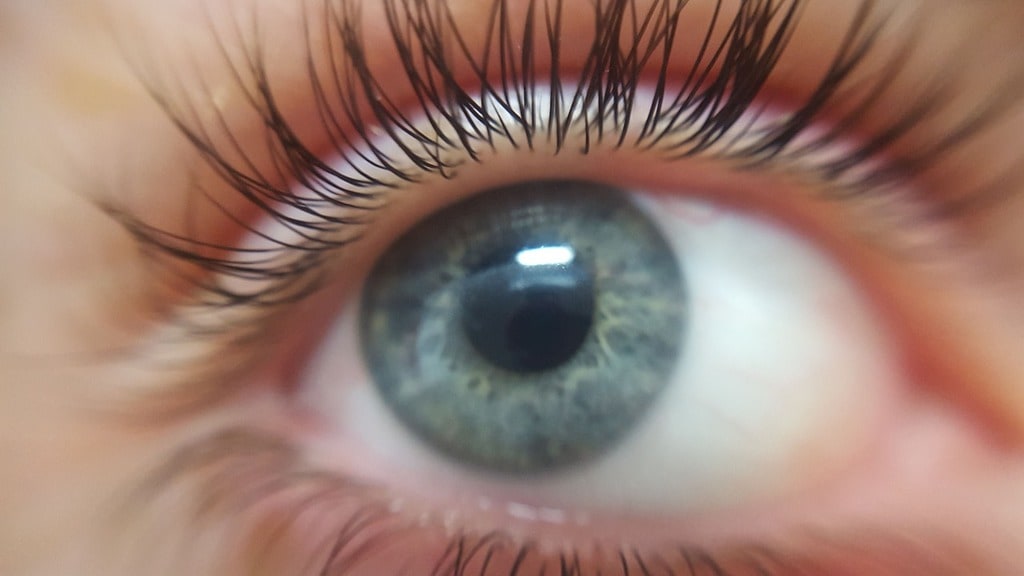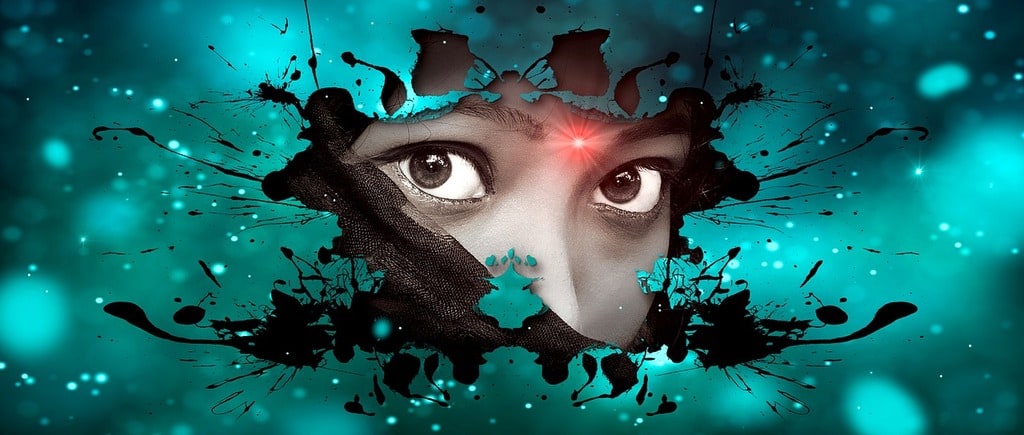Life, in all its myriad forms and expressions, is a dance of contrasts and contradictions. It is the coexistence of chaos and tranquility, light and shadow, joy and sorrow. In this tapestry of existence, imperfection weaves its intricate patterns, adding depth and nuance to the human experience. It is in these imperfections that beauty often finds its most profound expression. This article explores the allure of imperfection and how it contributes to the beauty that permeates life.
The Alluring Charm of Imperfection
The concept of imperfection as an element of beauty is not new. Many cultures and philosophies have long celebrated the imperfect as an integral part of life. The Japanese aesthetic of wabi-sabi, for instance, finds beauty in the flawed and the incomplete. This perspective allows one to appreciate the world in its natural, unrefined state, recognizing that perfection is not the essence of beauty. Instead, it is the quirks and irregularities that enhance the appeal of life and art.
Imperfection invites a deeper engagement with the world. When something is perfect, it can be seen as finished, leaving little room for interpretation or connection. An imperfect object or moment, on the other hand, invites curiosity and contemplation. It asks questions and tells stories, allowing for a more profound interaction with its observer.
In art and nature, imperfection is not just tolerated but cherished. A crooked tree, a chipped vase, or a painting with a smudge offers a narrative that transcends the sterile confines of perfection. These imperfections become talking points, catalysts for conversation and reflection. They remind us that life is not a series of perfect moments but a collection of experiences, each with its unique flavor and form.

Imperfection in Art and Creativity
Art, in its various forms, thrives on imperfection. An artist’s brushstroke that strays from the intended path can become the defining feature of a masterpiece. The human touch, with all its imperfections, breathes life into art, making it relatable and resonant. In literature, characters with flaws are often more compelling and relatable than their perfect counterparts. These characters mirror the complexities of real life, allowing readers to see themselves within the narrative.
Photography, too, embraces imperfection. A photograph capturing an unguarded moment or a fleeting expression speaks volumes about the human condition. The raw, unedited truth in these images resonates with authenticity, creating a connection between the subject and the viewer. Imperfection in art and creativity is not a hindrance; rather, it is a catalyst for innovation and expression.
Consider the following ways in which imperfection enhances art :
- Encourages experimentation and exploration.
- Fosters authenticity and emotional resonance.
- Invites multiple interpretations and perspectives.
- Captures the essence of human experience.
The Role of Imperfection in Personal Growth
Beyond art, imperfection plays a pivotal role in personal development and growth. Life’s imperfections teach resilience, adaptability, and humility. Mistakes and failures, often seen as imperfections, are valuable teachers. They offer lessons that no amount of success can impart, guiding individuals toward self-discovery and improvement.
Embracing imperfection in oneself and others fosters a sense of acceptance and compassion. It allows for genuine connections, free from the burden of unrealistic expectations. Relationships built on the acknowledgment of each other’s imperfections are often more enduring and fulfilling.
Imperfection also encourages individuals to take risks and step out of their comfort zones. The fear of making mistakes can be paralyzing, but recognizing the beauty in imperfection can liberate one from the shackles of perfectionism. This freedom to explore and experiment paves the way for creativity, innovation, and personal growth.
Finding Beauty in the Everyday
In the hustle and bustle of daily life, it is easy to overlook the beauty that surrounds us. Yet, by embracing the imperfections in everyday moments, one can find a renewed sense of appreciation and wonder. A spontaneous laugh, a sunset with clouds, or a handwritten note with a smudge becomes beautiful when viewed through the lens of imperfection.
The beauty of imperfection lies in its ability to transform the mundane into the extraordinary. It encourages mindfulness, urging individuals to be present and attentive to the world around them. In doing so, it opens the door to a richer, more meaningful existence.
In conclusion, imperfection is not a flaw to be corrected but a feature to be celebrated. It adds depth, character, and authenticity to life, making it infinitely more beautiful. By embracing imperfection, one can see the world in all its vibrant, imperfect glory.
